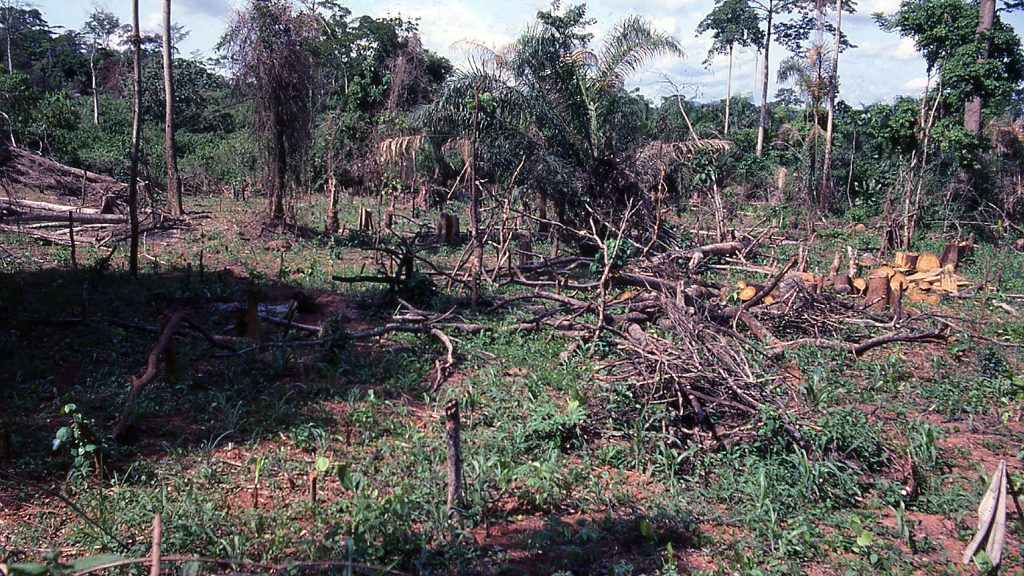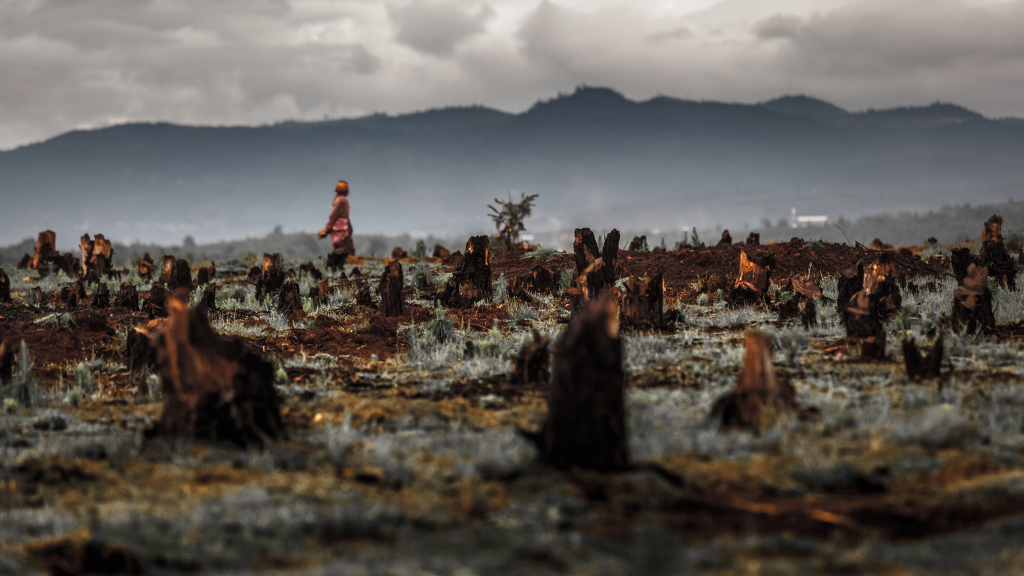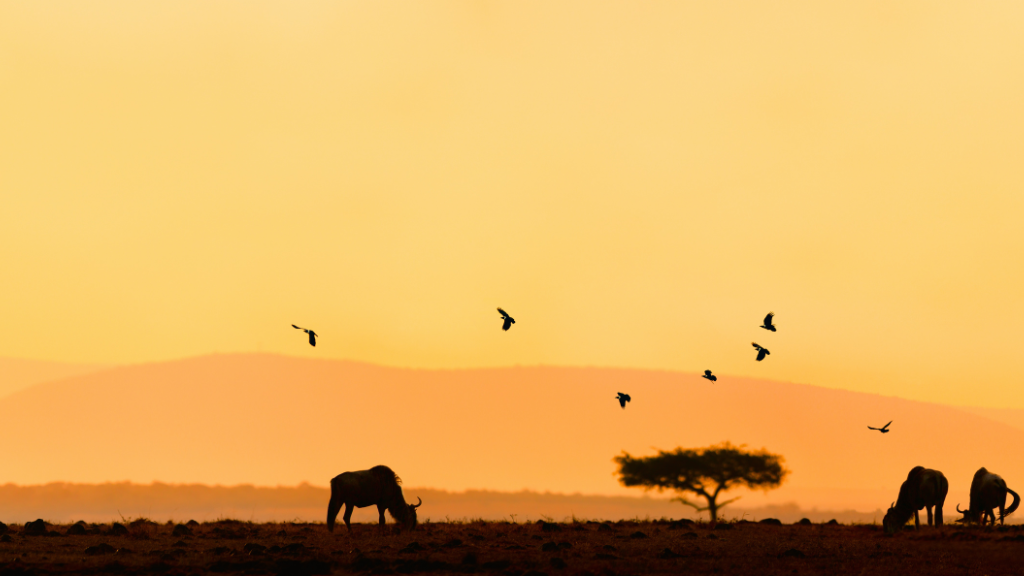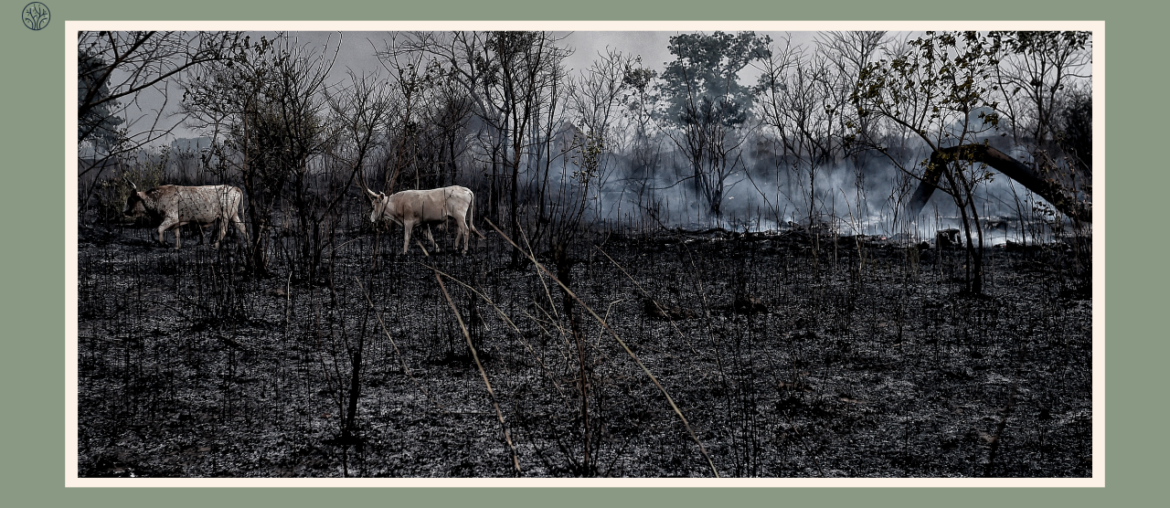From the Congo Basin to the Sahel woodlands, forests cover about 21% of Africa’s land area and provide vital ecosystem services for millions of people and wildlife. But these forests are under threat from various human activities that are destroying them at an alarming rate. Deforestation in Africa is a global problem as it affects the climate, biodiversity, and livelihoods of people across the world.
What Is Deforestation and How Is It Measured?
Deforestation is the permanent conversion of forest land to other land uses, such as agriculture, mining, infrastructure, or urbanization. It is different from forest degradation, which is the reduction of forest quality.

There are many ways to measure deforestation such as satellite imagery, aerial surveys, ground surveys, or remote sensing. One of the most widely used sources of data on global forest cover and change is the Food and Agriculture Organization (FAO). The FAO publishes a report every five years called the Global Forest Resources Assessment (FRA). The FRA defines forests as land with trees higher than 5 meters and a canopy cover of more than 10%.
According to the latest FRA report in 2020, Africa had about 637 million hectares of forest area in 2020. This accounted for 21% of its total land area and 16% of the global forest area. However, Africa also had the highest net loss of forest area between 2010 and 2020, with an average annual loss of 3.9 million hectares.
What Are the Causes of Deforestation in Africa?
There are many direct and indirect causes of deforestation in Africa, but some of the most common ones are:
Subsistence agriculture
Many rural communities in Africa depend on slash-and-burn farming. This means they cut and burn trees to plant crops for a few years and then move to another place when the soil becomes poor. It accounts for about 80% of deforestation in sub-Saharan Africa.

Cash crops
Some African countries grow a lot of crops, such as cocoa, and coffee,… to sell to other countries. These crops need a lot of land and often replace the natural forest or trees that grow with other plants. For example, more than 25% of Côte d’Ivoire’s trees have been cut down because of cocoa farming.
Commercial logging
Logging is another major cause of deforestation in Africa, especially in the Congo Basin. Logging not only removes trees but also makes it easier for other people to come and take more resources. Illegal logging is also a widespread problem that undermines forest governance and law enforcement.
Mining
Mining activities, such as gold, diamond, and coltan extraction, also contribute to deforestation in Africa. These activities often involve clearing large areas of land, digging pits, using chemicals and explosives, and dumping waste materials. Mining also attracts migrant workers who need land and resources for their survival. In the Democratic Republic of Congo (DRC), mining is estimated to cause 5% of deforestation.
Infrastructure development
The construction of roads, dams, railways, pipelines, and urban settlements also causes deforestation in Africa. Building these things often requires clearing a lot of land and breaking up the natural habitats. It also makes it easier for people to reach places that were hard to get to before and puts more pressure on land and resources. For example, building the Inga dams on the Congo River has made thousands of people lose their homes and harmed many plants and animals.
What Are the Effects of Deforestation in Africa?
Deforestation in Africa has many negative effects on the environment, society, and economy, such as:
Loss of biodiversity

Africa is home to a rich diversity of plants and animals, many of which are endemic to specific regions or habitats. When people cut down trees, they destroy their homes, their food, and their safety. They also make it easier for people to hunt and sell them illegally. The IUCN says that more than 1,300 kinds of plants and animals in Africa are in danger of dying out because they are losing their homes.
Soil erosion
Deforestation exposes the soil to wind and water erosion, which reduces its fertility and productivity. Soil erosion also causes sedimentation of rivers and lakes, affecting water quality and aquatic life. In addition, soil erosion contributes to desertification, which turns drylands into barren lands. Desertification affects about 45% of Africa’s land area and threatens the livelihoods of millions of people.
Climate change
When people cut down trees, they release gases, like CO2 into the atmosphere. Trees store carbon in their bodies and in the ground, but when they are cut or burned, they release it back into the air. According to FAO, cutting down trees causes about 10% of global GHG emissions. Deforestation also makes it harder for forests to take carbon out of the air and keep the weather stable.
Water cycle disruption
Trees release water vapor into the air through their leaves, which helps make the air moist and rainy in tropical places. When there are fewer trees, there is less water vapor in the air, which means less rain and more drought. This affects the water supply for people and nature.
Food insecurity
Many rural communities in Africa rely on forest products for their nutrition and income. Deforestation also reduces the productivity of agricultural land by degrading the soil and changing the weather. This leads to lower harvests and higher risks of pests and diseases.
What Are the Solutions to Deforestation in Africa?
Deforestation in Africa is a complex and multifaceted problem that requires a combination of solutions at different levels and scales. Some of the possible solutions are:
- Forest protection: Protecting existing forests from further degradation and conversion is essential to conserve biodiversity, carbon stocks, and ecosystem services. Governance and law enforcement should create and manage protected areas, and promote community-based forest management.
- Forest restoration: Restoring degraded forests and landscapes can enhance their ecological functions and resilience, as well as provide social and economic benefits. There are several initiatives that aim to restore forests in Africa, such as the African Forest Landscape Restoration Initiative (AFR100), which has committed 31 African countries to restore 100 million hectares of land by 2030.
- Sustainable agriculture: Promoting sustainable agricultural practices can reduce the pressure on forests by increasing the efficiency and productivity of land use while minimizing environmental impacts.
- Sustainable forestry: Promoting sustainable forestry practices can reduce the negative impacts of logging on forests. We can do this by ensuring that timber harvesting is done in a way that maintains forest structure, function, and diversity.
- Sustainable consumption: Promoting sustainable consumption patterns can reduce the demand for forest products that drive deforestation in Africa.
How Can You Help Reduce Deforestation in Africa?
You may think that deforestation in Africa is too far away or too big for you, but you can actually make a difference by taking some simple actions in your daily life, such as:
Shop sustainably
Some products we use are contributing to deforestation in Africa, such as palm oil, soy, beef, chocolate, coffee, rubber, or wood. You can choose products that are certified as sustainable, organic, fair trade, or deforestation-free. These products have labels or logos that show they are good for the forest, such as the FSC, the Rainforest Alliance, the RSPO, or the WWF. You can also use other kinds of oil instead of palm oil, such as olive, sunflower, or coconut oil.
With Tenere, you can shop sustainably and save money at the same time. We donate a portion of our commissions to support tree-planting projects around the world, helping to restore the natural balance of our planet. Join us today and become a part of the green movement.
Support businesses and organizations that protect the forest
Some businesses and organizations work to protect the forest and the people and animals that live there. You can support them by buying their products or services, donating to their causes, or joining their campaigns. You can also look for signs that show they are forest-friendly, such as the FSC, the Rainforest Alliance, the RSPO, or the WWF.
Share information
You can share information about why it is important to save the forests in Africa. These can be stories, pictures, or videos about the forests in Africa with your friends, family, colleagues, or online communities. You can also follow and support people who are fighting to save the forests in Africa.
Conclusion
Deforestation in Africa is a complex and urgent problem that requires collective action from all stakeholders, including governments, civil society, the private sector, donors, and consumers. By addressing the underlying causes and drivers of forest loss, implementing effective solutions, and fostering cooperation and coordination, it is possible to conserve Africa’s forests for the benefit of current and future generations.









